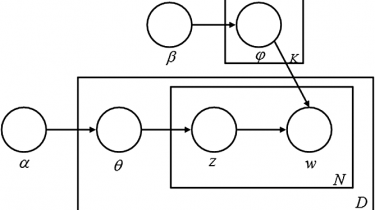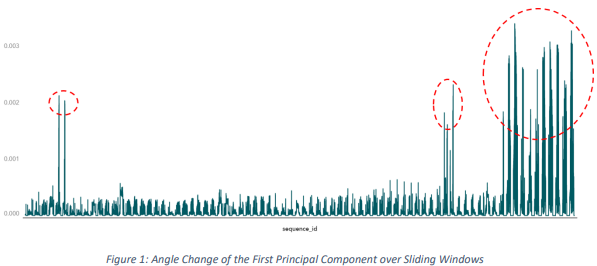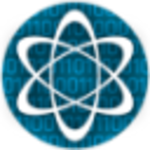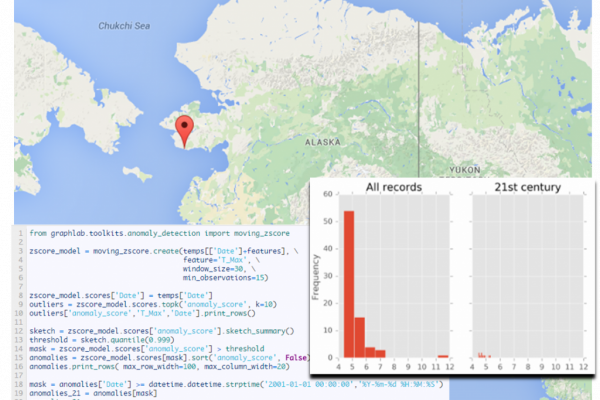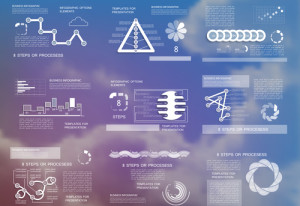Data Science Trends of the Future 2022
Photo credit: Unsplash. Data Science is an exciting field for knowledge workers because it increasingly intersects with the future of how industries, society, governance and policy will function. While it’s one of those vague terms thrown around a lot for students, it’s actually fairly simple to define. Data science is an interdisciplinary field that uses scientific methods, processes, algorithms and systems to extract knowledge and insights from structured and unstructured data, and apply knowledge and actionable insights from data across […]
Read more
